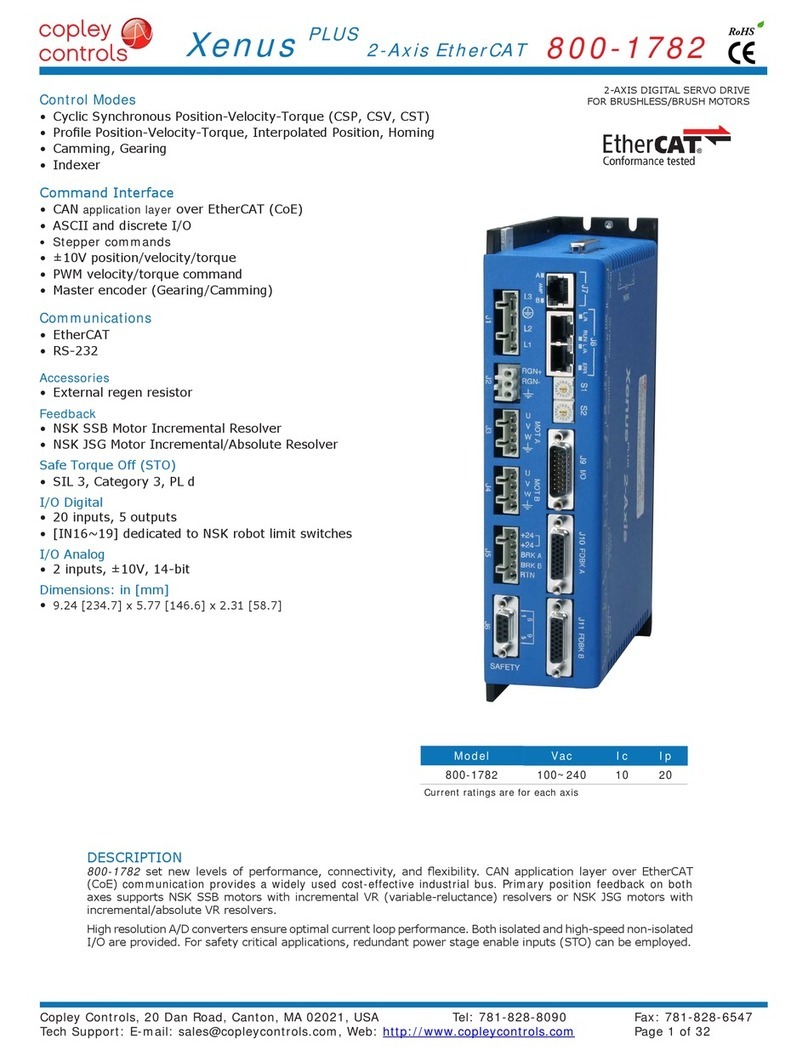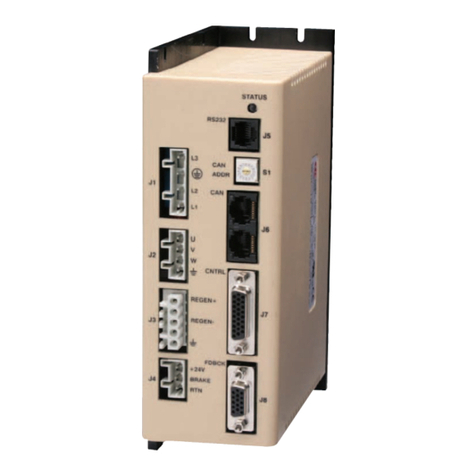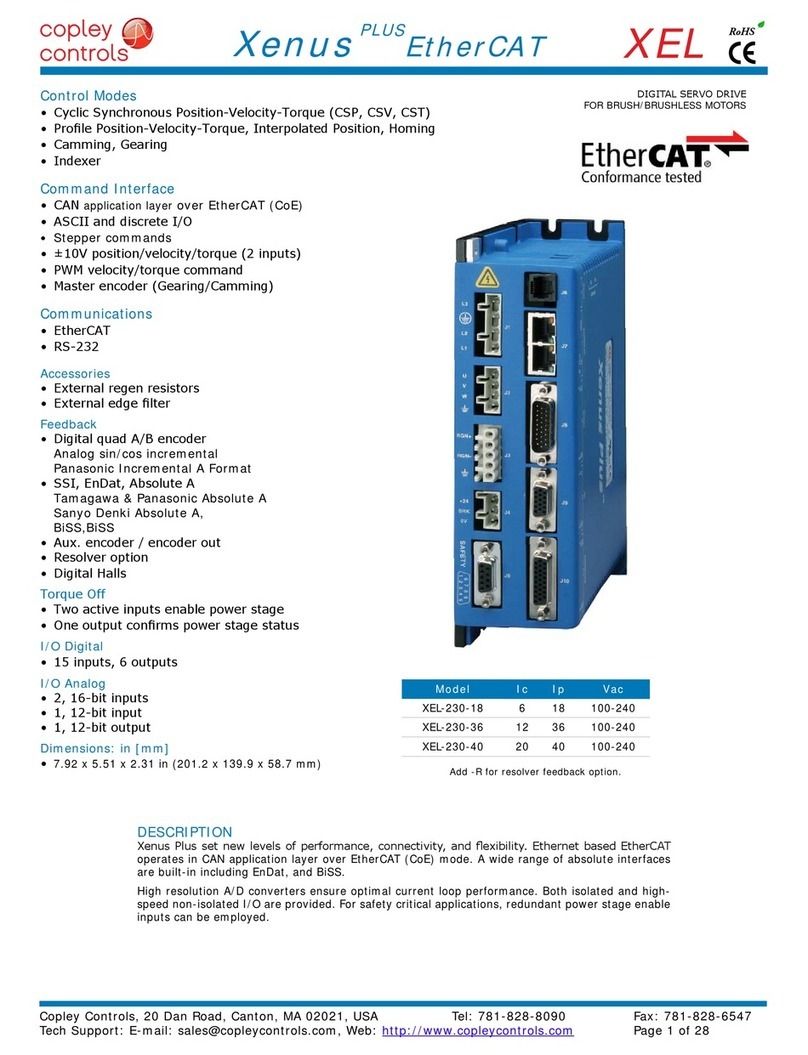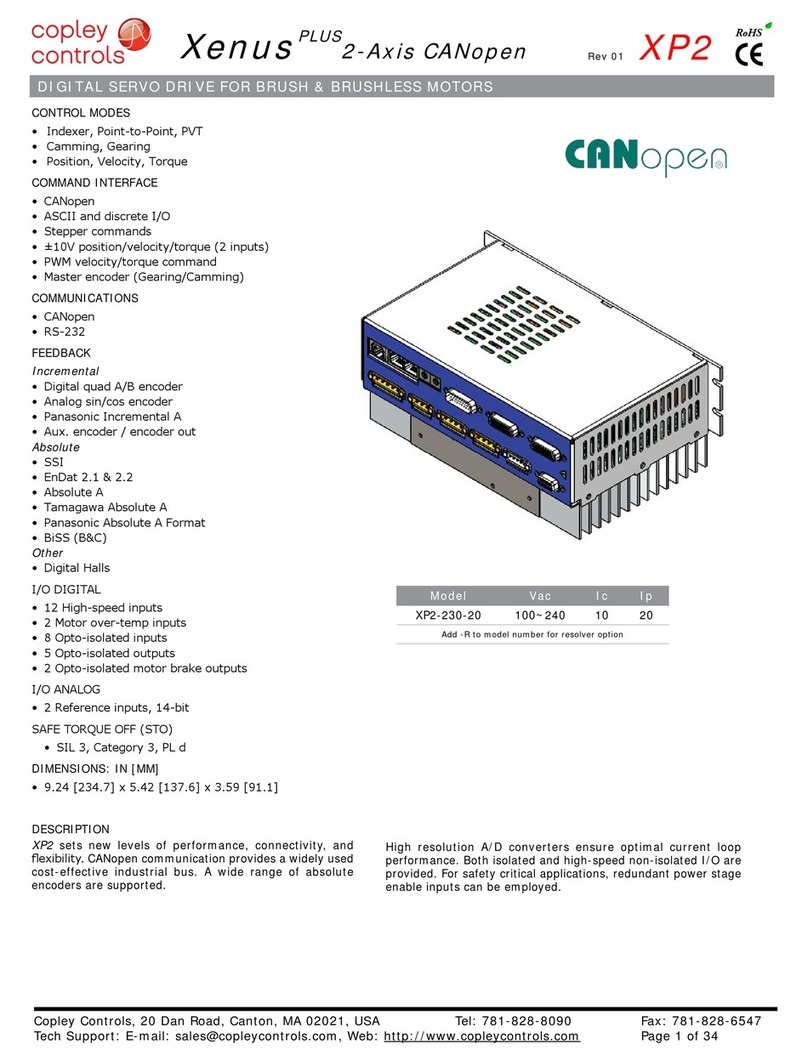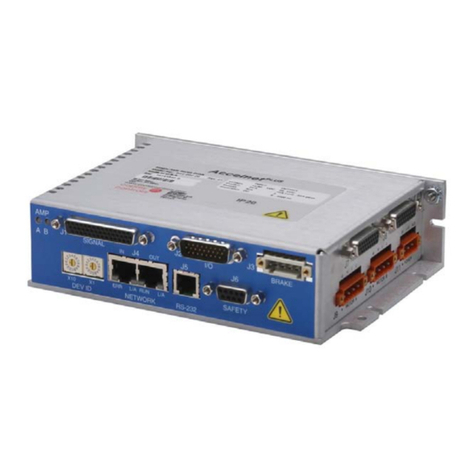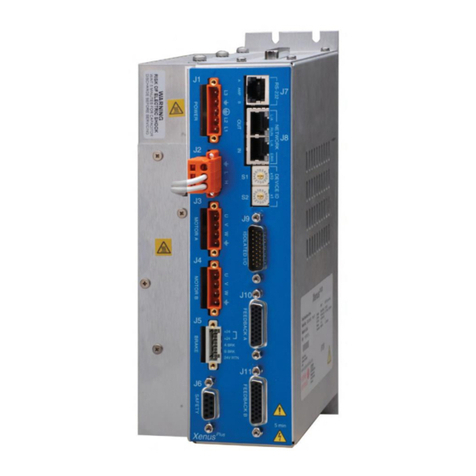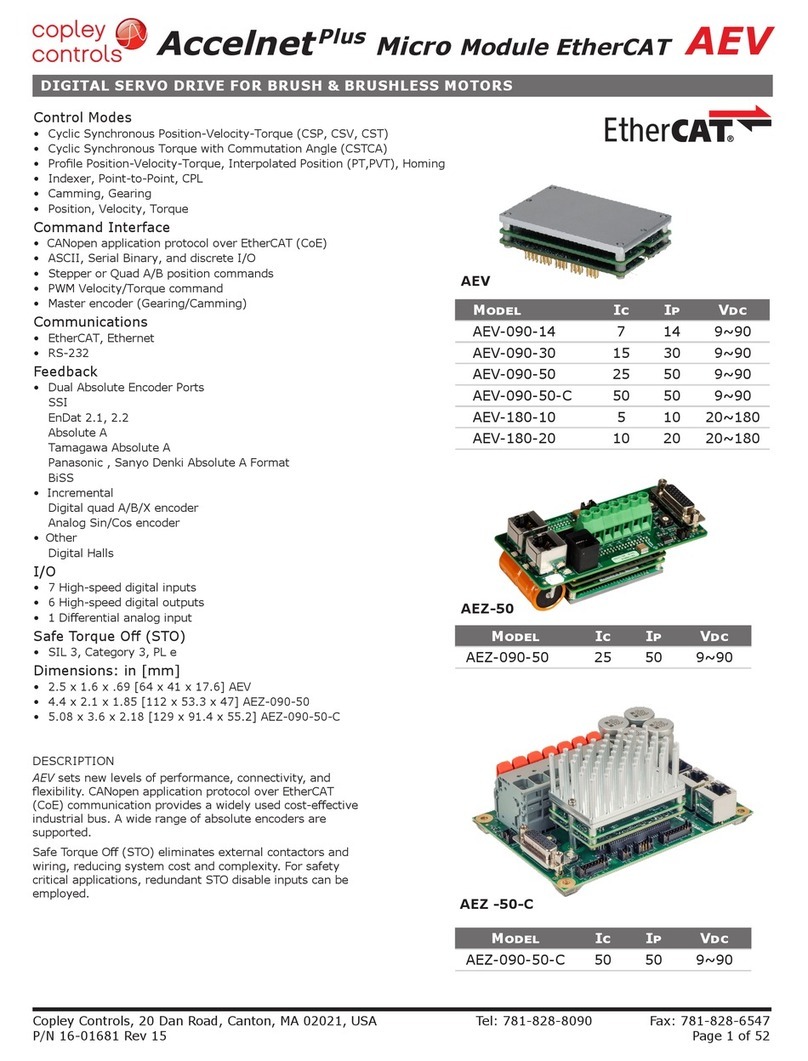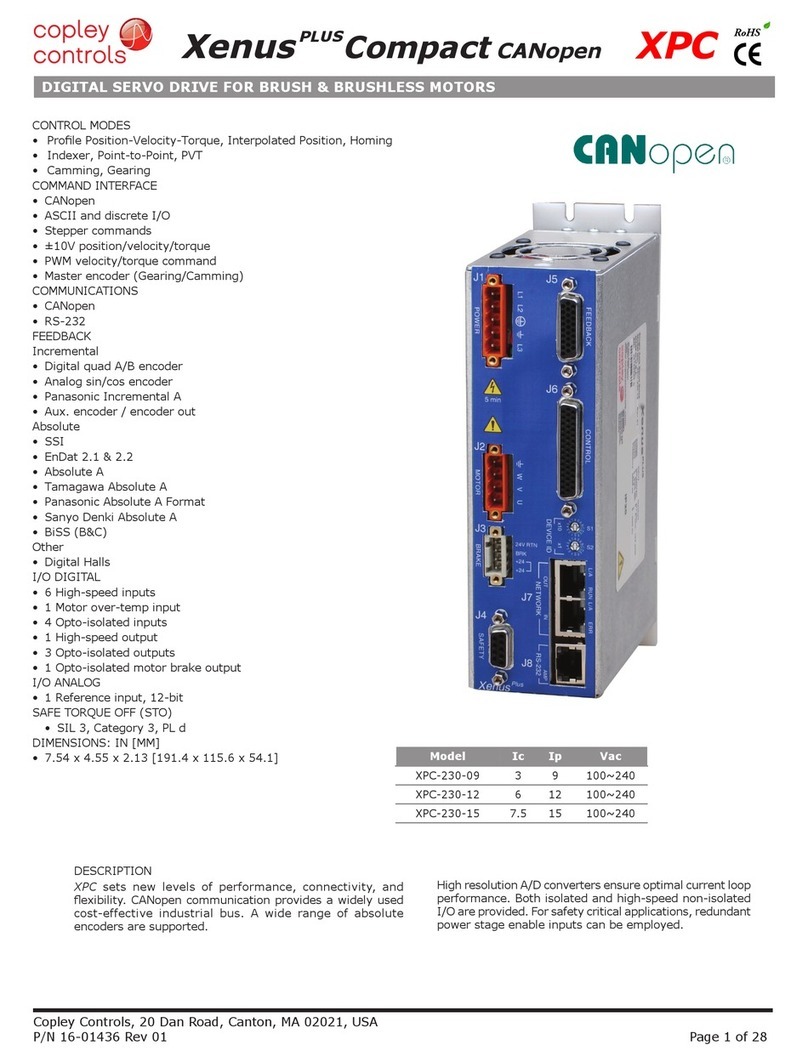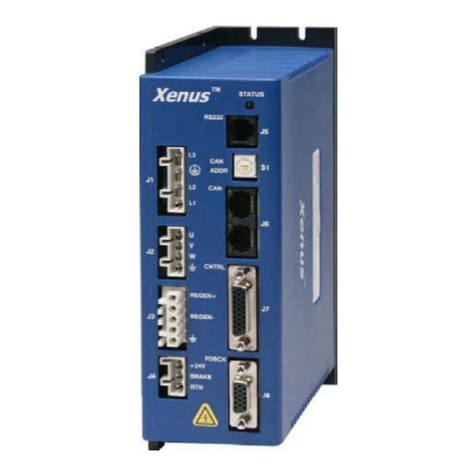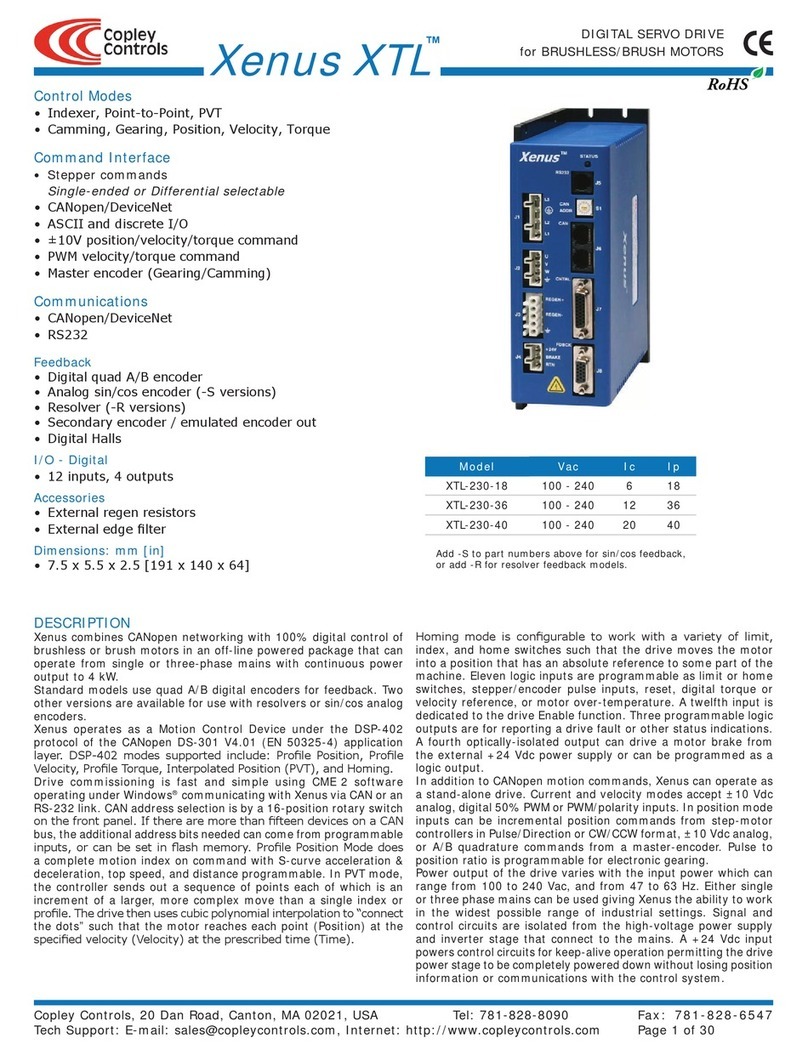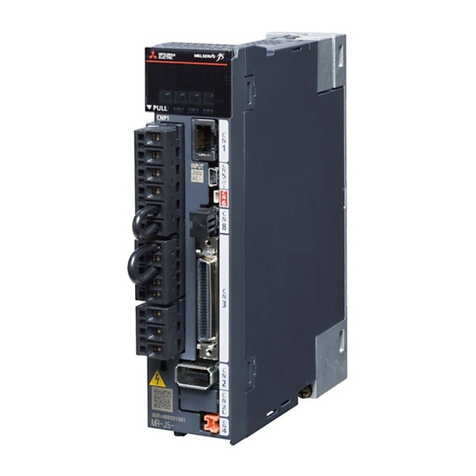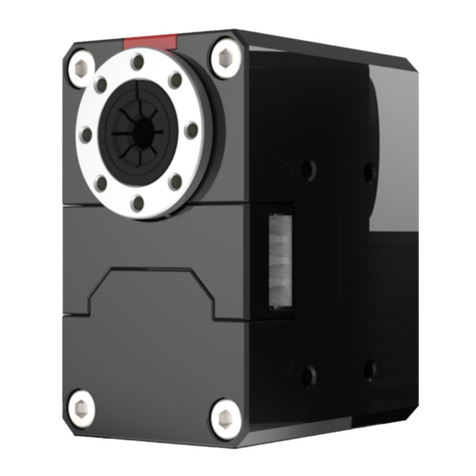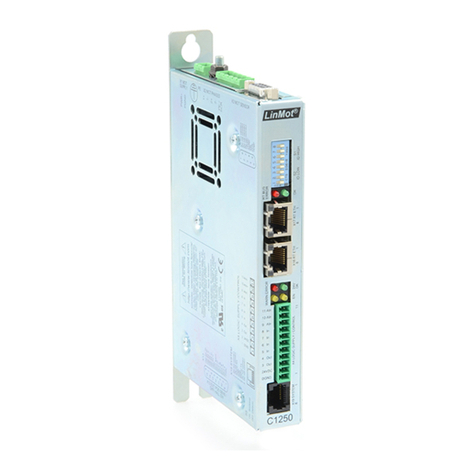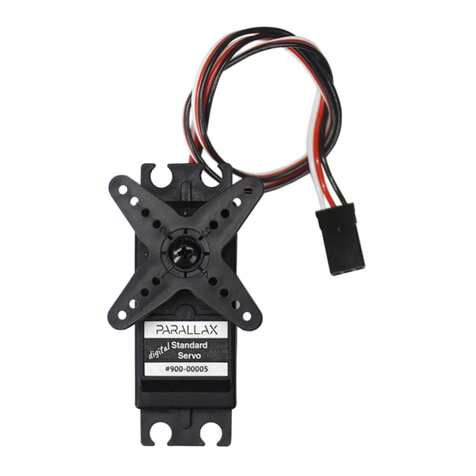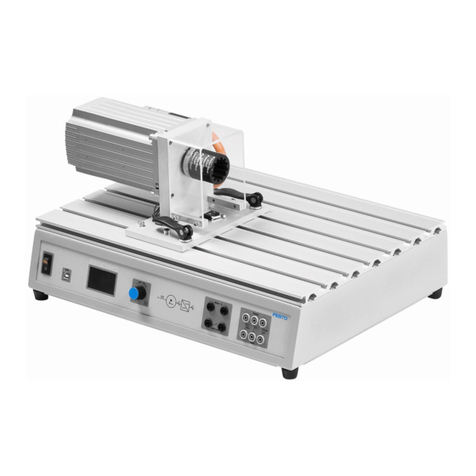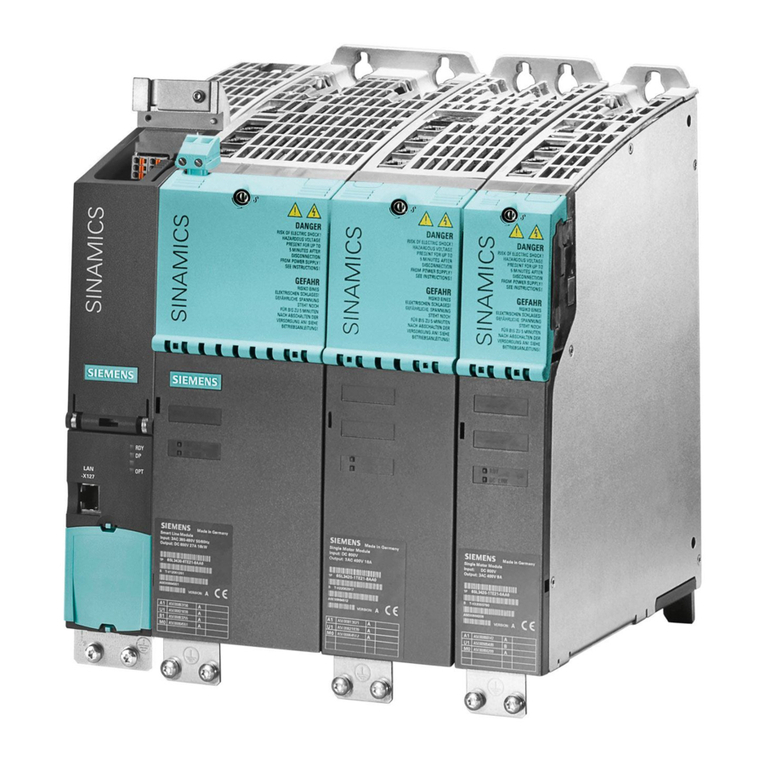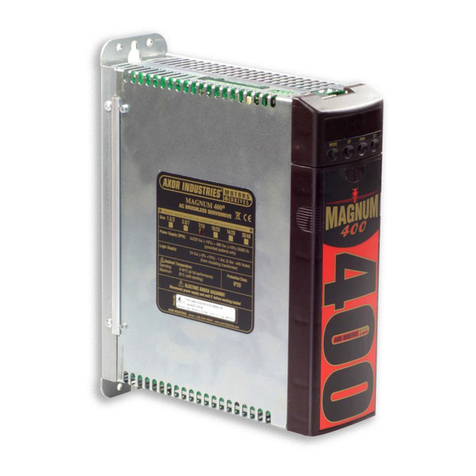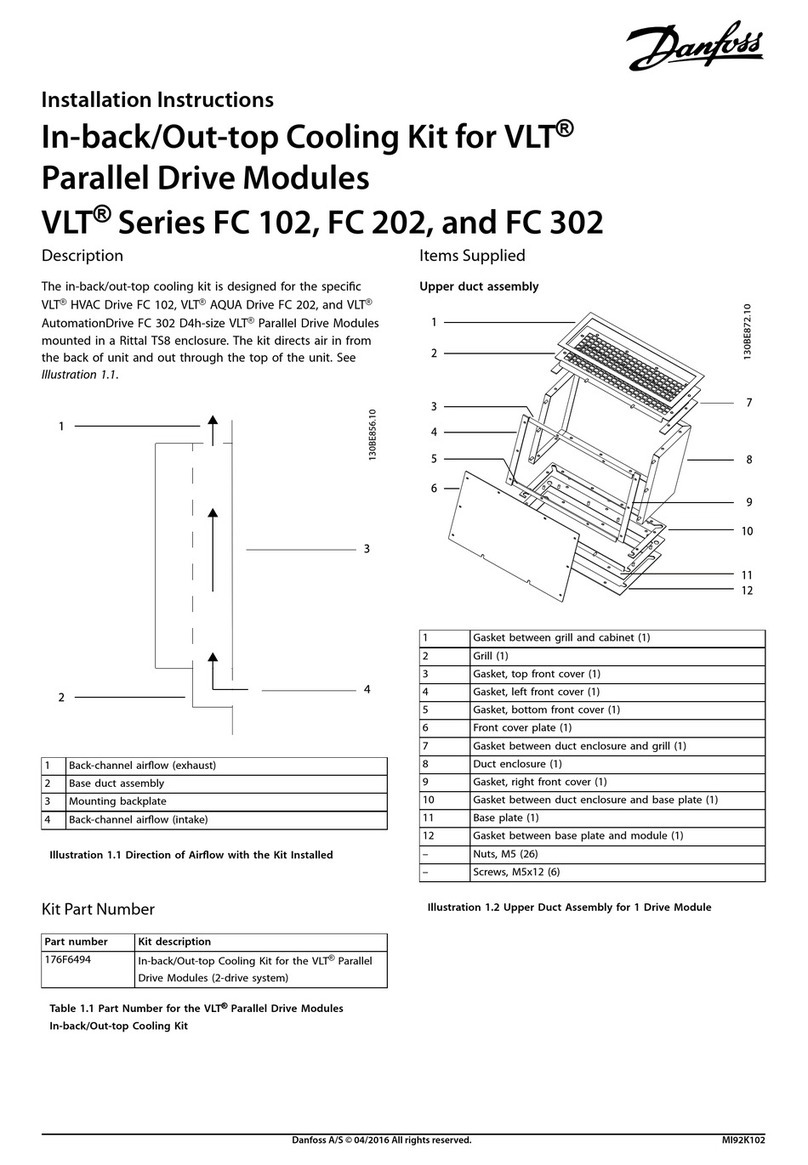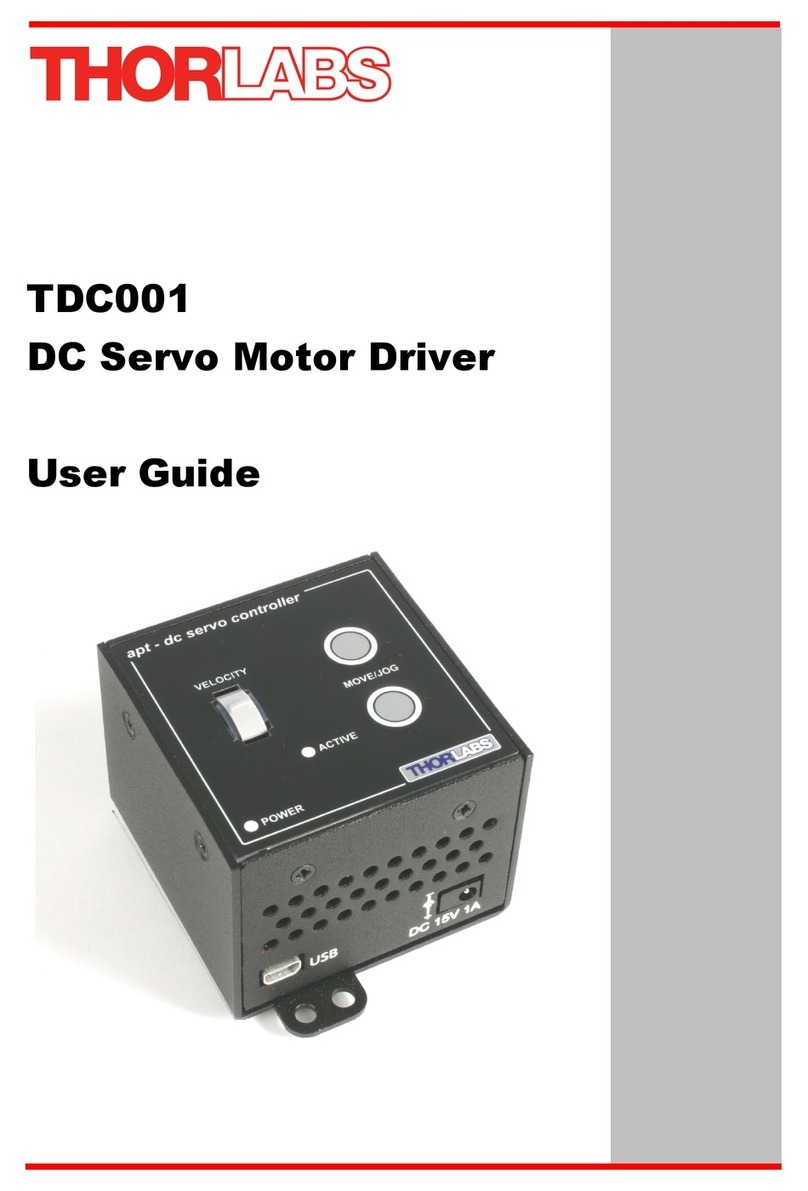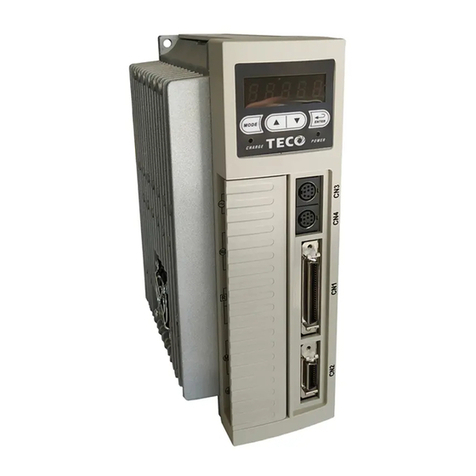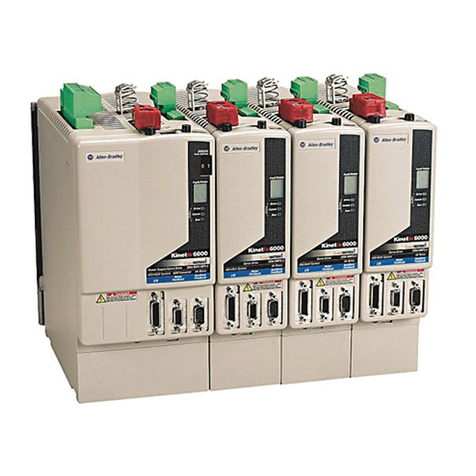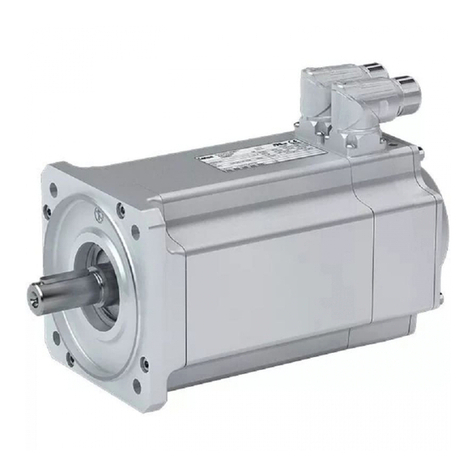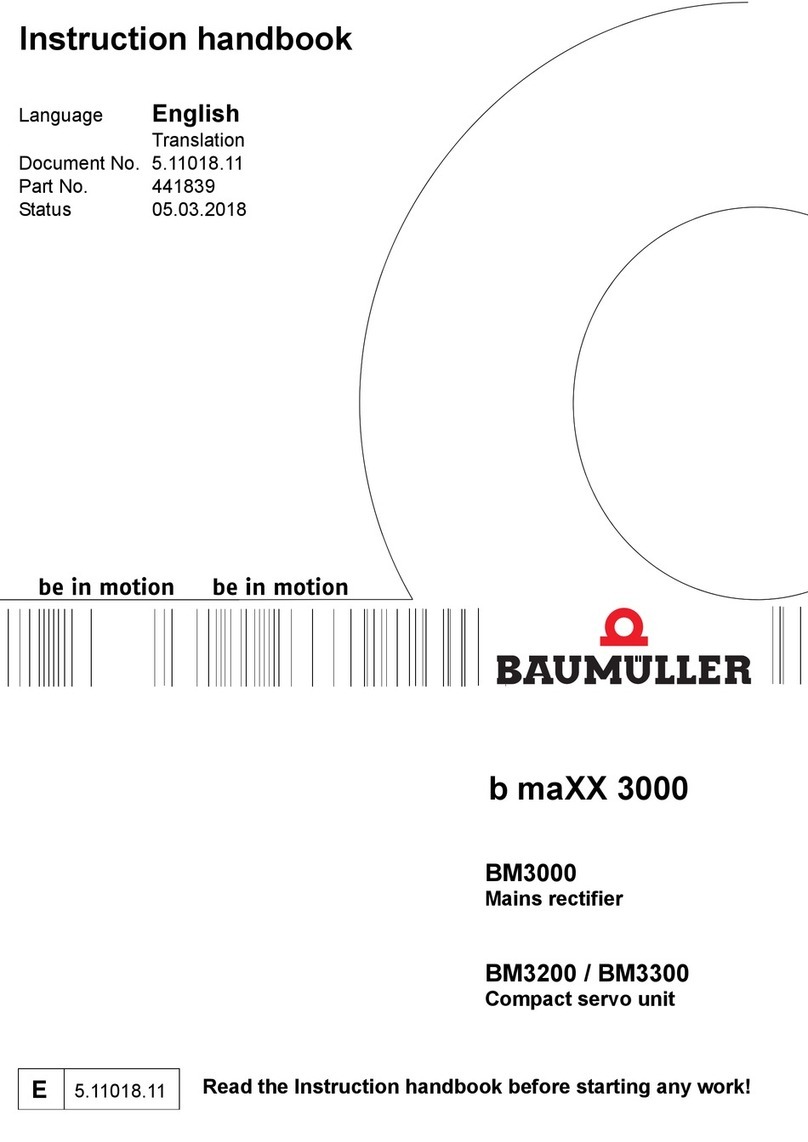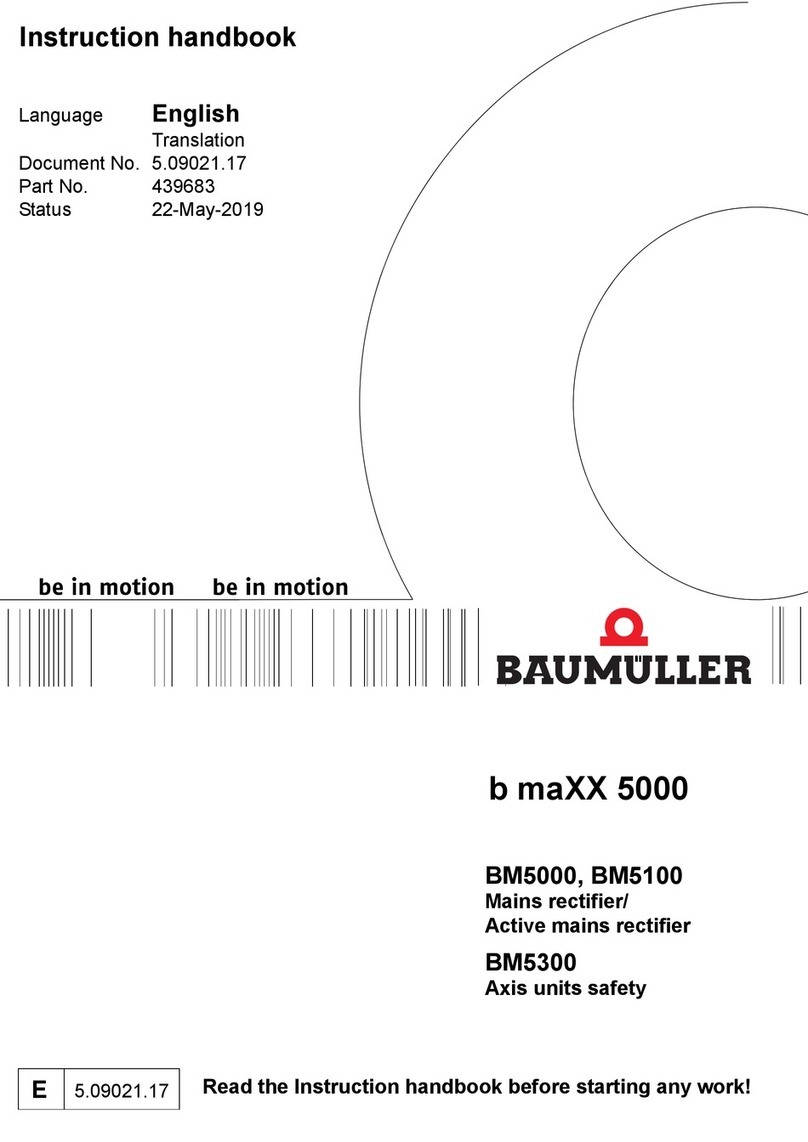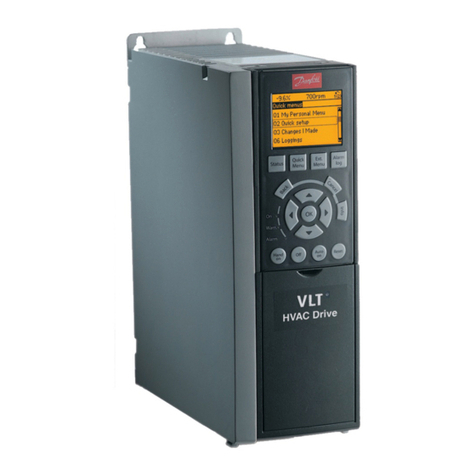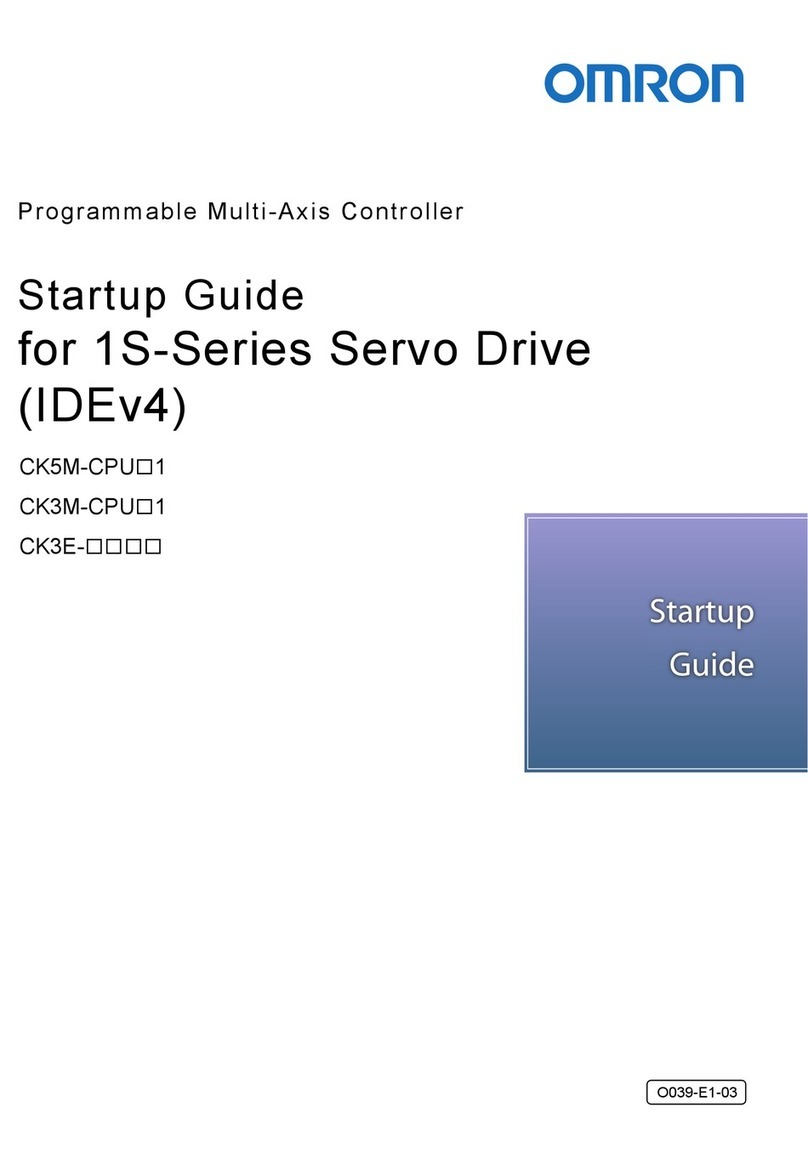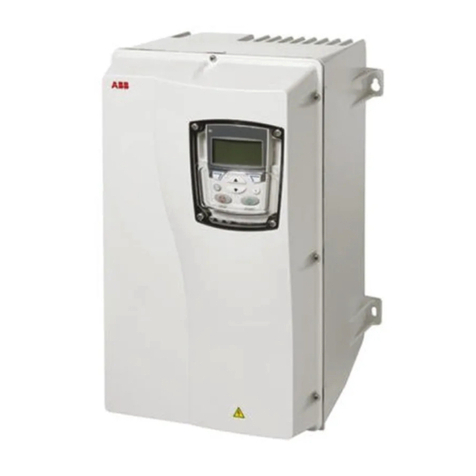
Xenus Plus Compact STO Manual 16-01553 Rev 00
Copley Controls Page 2 of 31
Table of Contents
1.0 About This Manual....................................................................................................................................................4
1.1 Title, Number, Revision...........................................................................................................................................4
1.2 Revision History ......................................................................................................................................................4
1.3 EC Declaration of Conformity..................................................................................................................................4
1.4 Original Instructions.................................................................................................................................................4
1.5 Purpose and Scope of This Document ...................................................................................................................5
1.6 Product Naming.......................................................................................................................................................5
1.7 Disclaimer................................................................................................................................................................5
1.8 Related Documentation...........................................................................................................................................6
1.9 Reference Standards ..............................................................................................Error! Bookmark not defined.
2.0 Risk Assessment & Responsibility of the Installer ...............................................................................................8
3.0 Warnings....................................................................................................................................................................8
3.1 Operate drives within the specifications provided in the relevant hardware manual or data sheet........................8
3.2 Risk of electric shock ..............................................................................................................................................8
3.3 Disclaimer................................................................................................................................................................8
3.4 Installation Overview...............................................................................................................................................9
3.5 Definitions................................................................................................................................................................9
4.0 Introduction to the Xenus Plus COMPACT...........................................................................................................10
4.1 Product Description...............................................................................................................................................10
4.2 Model Overview & Numbering ..............................................................................................................................10
5.0 Specifications Overview.........................................................................................................................................11
5.1 Control Modes.......................................................................................................................................................11
5.2 Command Sources................................................................................................................................................11
5.3 Power Sources......................................................................................................................................................11
6.0 STO Architecture and Function.............................................................................................................................12
6.1 STO Channel Operation........................................................................................................................................13
6.2 STO Function Specifications.................................................................................................................................14
6.3 Environmental Specifications................................................................................................................................14
6.4 Safety Related Parameters...................................................................................................................................15
6.5 Regulatory Specifications......................................................................................................................................15
6.6 Limitations and Necessary Risk Reductions.........................................................................................................16
6.6.1 Electrical Isolation .........................................................................................................................................16
6.6.2 DC Brush Motors...........................................................................................................................................16
6.6.3 180 Degree Electrical Movement..................................................................................................................16
6.6.4 Loads and Other Torque/Force Producing Sources .....................................................................................16
6.6.5 STO Input Signal Level .................................................................................................................................16
6.6.6 Control Modes and STO ...............................................................................................................................16
6.6.7 24V DC Power Supply...................................................................................................................................17
